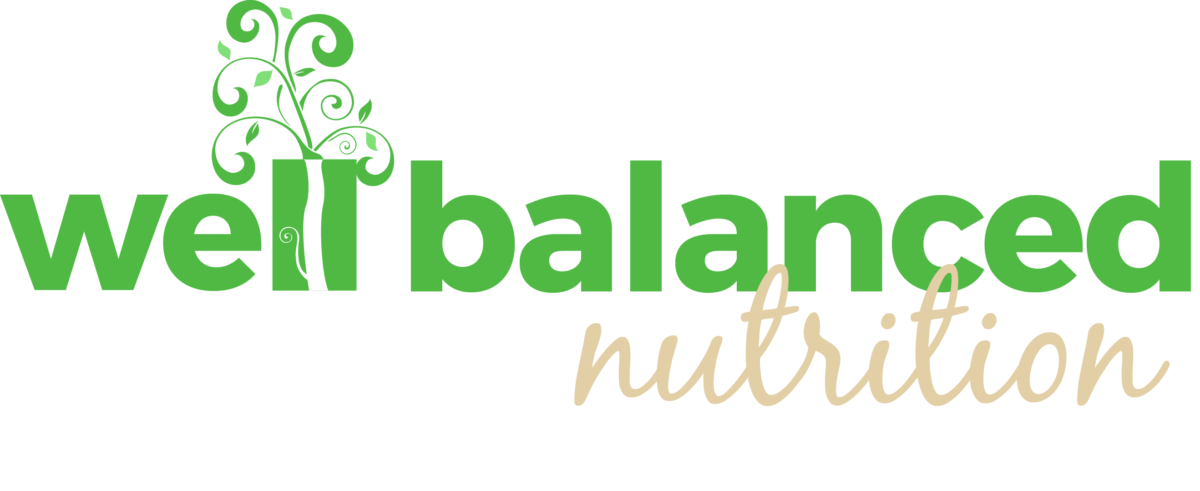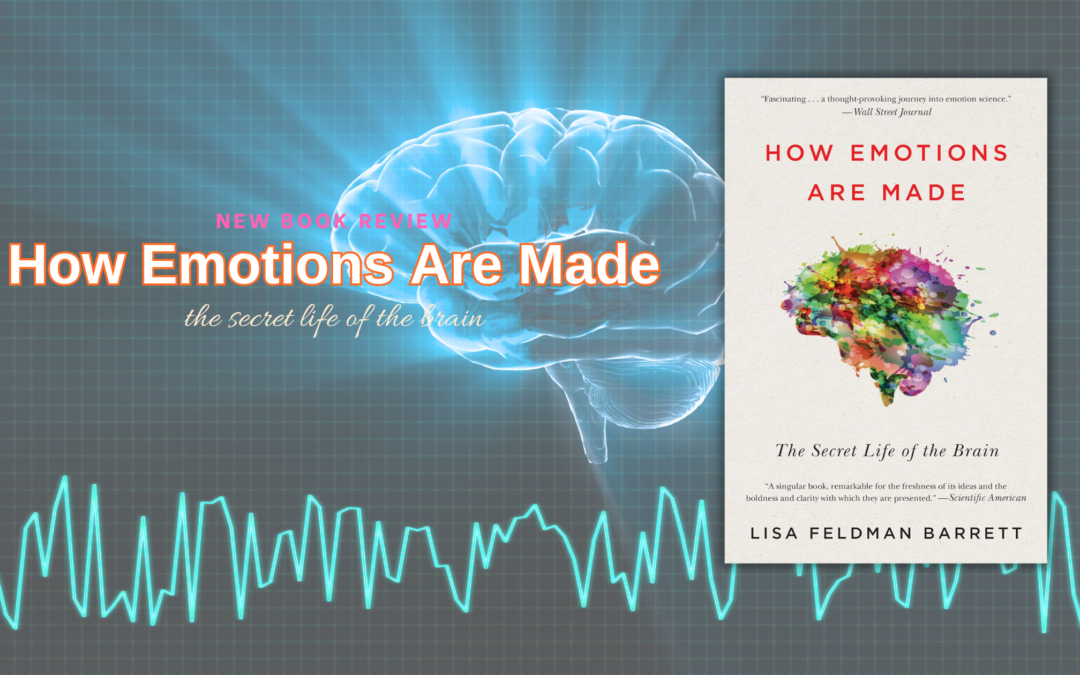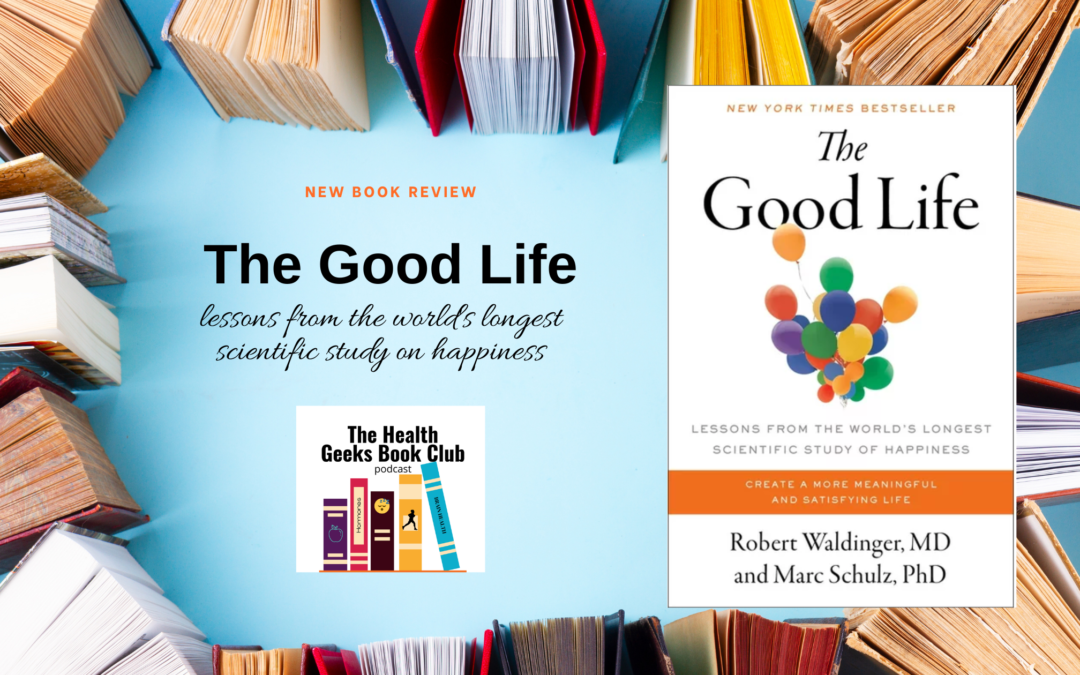Are you struggling to keep up with the demands of life, feeling constantly drained, even disconnected, yet you just keep going because somehow it feels that you aren’t doing enough? If so, “Burnout: The Secret to Unlocking the Stress Cycle” by Amelia Nagoski and Emily Nagoski offers wisdom and practical advice you need. Let’s explore who would benefit from this book, the key takeaways, and how it all ties back to nutrition.
Who Should Read “Burnout”?
Though you might think of professional burnout when you read the title of this book, it’s actually more geared toward women who are feeling overwhelmed, stuck, stressed, and never enough in today’s world. Think of the monologue in the Barbie movie about how hard and contradicting it is to be a woman.

With that said, I think the people who would benefit the most from this book are:
- Caregivers and Parents: For those who spend their days taking care of others—whether it’s children, elderly parents, or patients—this book offers essential tools to ensure you also take care of yourself.
- Health and Wellness Enthusiasts: If you’re passionate about maintaining a healthy lifestyle, completing the stress cycle is a key component you need to know about. This book helps you understand how to address your body’s response to stress, not just the stressors.
Major Takeaways We Can All Benefit From
1. Understanding the Stress Cycle
One of the book’s core concepts is the idea of the stress cycle. The Nagoski sisters explain that stress is a physiological process that needs to be completed. Simply removing the stressor (e.g., finishing a project or ending a conversation with a toxic person) doesn’t complete the cycle; you need activities like exercise, deep breathing, or physical affection to signal to your body that it’s safe to relax.
2. The Best Way to Complete The Stress Cycle
Exercise is highly effective for completing the stress cycle because it engages the body’s natural stress response system and helps to discharge the physical and emotional tension accumulated during periods of stress. When we engage in physical activity, such as running, yoga, or dancing, our bodies release endorphins, neurotransmitters that act as natural painkillers and mood elevators. Additionally, exercise promotes the release of muscle tension and encourages deep breathing, which can help regulate the stress response and promote relaxation.
Of course, there are a few other ways to complete the stress cycle. These include a human connection (a 20-second hug or a 6-second kiss), petting a furry friend, progressive muscle tension and relaxation, deep breathing, and rest. Don’t just stop at one; doing several of these things routinely can build resilience and contribute to well-being.
3. Addressing Human Giver Syndrome
The term “human giver syndrome” refers to societal expectations placed on individuals, particularly women, to prioritize the needs of others above their own. According to the Nagoski sisters, those affected by the human giver syndrome often feel compelled to give and nurture constantly without regard for their own well-being. This can lead to chronic stress, burnout, and a sense of depletion.
The syndrome is rooted in cultural norms and gender expectations, and the authors highlight the importance of recognizing and challenging societal pressures that contribute to burnout and stress. By acknowledging the inherent value of true self-care and setting boundaries, individuals can break free from the cycle of overextension and reclaim their agency in prioritizing their own well-being.
4. Emotions are Like Tunnels
The Nagoski sisters liken emotions to tunnels, suggesting we must travel through them from beginning to end to achieve resolution. Failure to do so can lead to emotional exhaustion and burnout. This insight underscores the importance of acknowledging and processing our emotions rather than suppressing or ignoring them. Some emotions, like grief and rage, are very difficult to move through on our own. We often need the help of others.
5. The Importance of Rest, Play, and Connection
Rest and play are not optional luxuries but essential for preventing and recovering from burnout. Engaging in activities that bring joy and relaxation can help replenish your energy and resilience. Just like we need rest and play, it’s our human nature to need each other. Human connection is a powerful antidote to stress. Whether through friendships, family, or community, having supportive relationships can help buffer the effects of stress and the authors point out that we were designed to live life together – not on our own.
6. Realistic Expectations
Lastly, the authors highlight the importance of setting realistic expectations for yourself and others. They encourage us to understand that perfection is unattainable and that it’s okay to have limits. We’re only human, after all.
How This All Ties Back to Nutrition
Here are 2 ways stress and nutrition are linked.
Stress and Eating Habits – When we’re stressed, our eating habits often suffer. We might reach for comfort foods, skip meals, or overeat. Understanding the stress cycle and learning how to manage stress can help us maintain healthier eating patterns and avoid the health consequences of chronic stress. Completing the stress cycle with healthy activities can reduce stress-related cravings and improve our overall nutrition.
Nourishing Your Body – Proper nutrition plays a crucial role in managing stress and preventing burnout. Eating a balanced diet with plenty of fruits, vegetables, lean proteins, and whole grains can support your body’s stress response and help you feel more energized. The authors emphasize the importance of listening to your body and nourishing it well.
Final Thoughts
I found “Burnout: The Secret to Unlocking the Stress Cycle” by Amelia and Emily Nagoski to be incredibly insightful and practical. There are more takeaways than I can fit into a blog. The book helps you understand burnout and provides actionable steps to prevent and recover from it. We can all better manage stress by learning to complete the stress cycle, addressing human giver syndrome, and maintaining healthy habits. Whether you’re a busy mom, a caregiver, or someone passionate about health and wellness, this book offers valuable strategies to enhance your well-being.
Listen in to the conversation!
Listen to Kristen and Eleanor discuss this book on the Heatlh Geeks Book Club Podcast:



